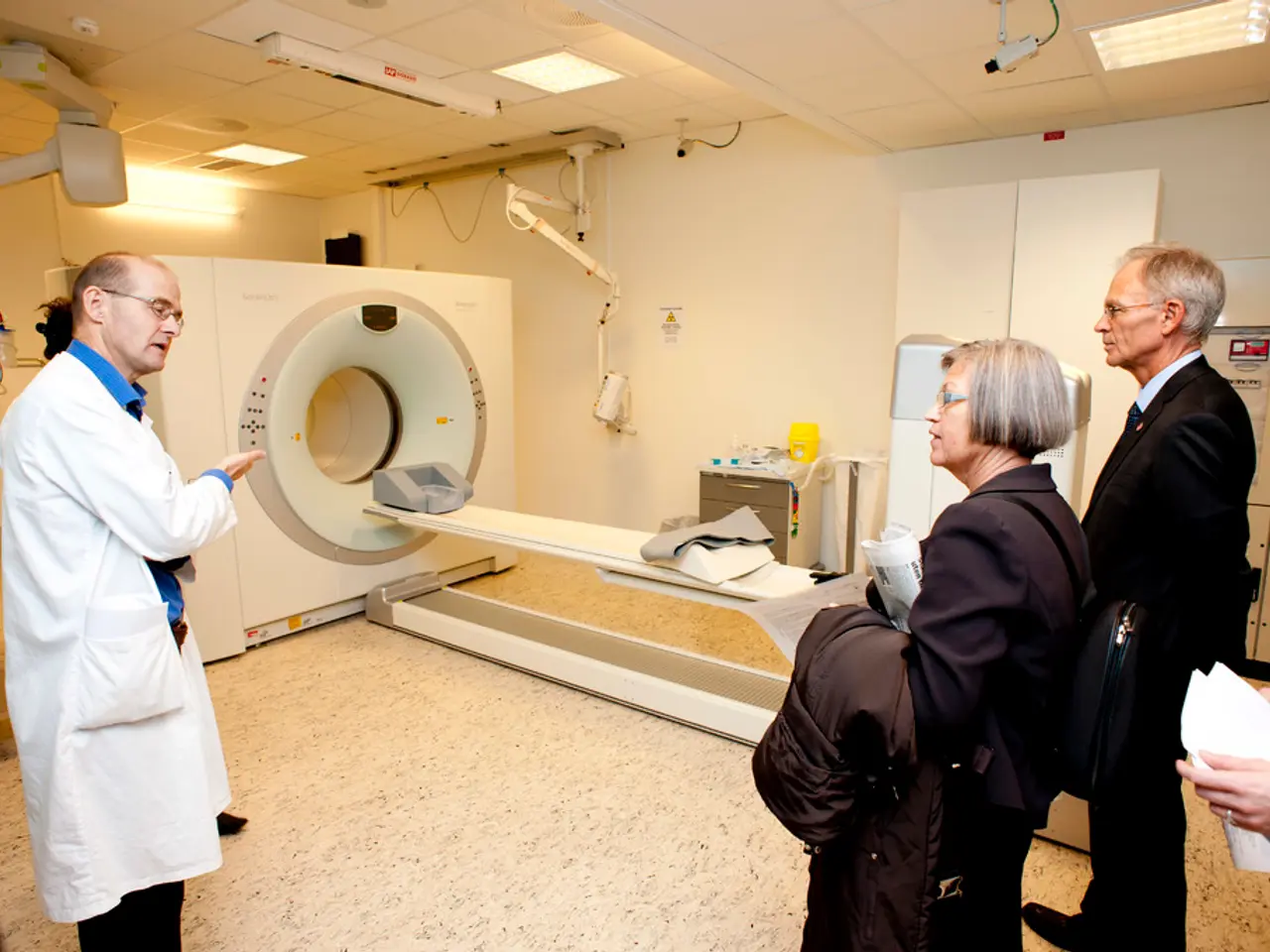Boxer Manny Pacquiao continues to jeopardize his esteemed reputation by pursuing more boxing matches, tantalized by the allure of stepping into the ring once more.
In a highly anticipated comeback, Filipino boxing legend Manny Pacquiao stepped back into the ring after a four-year hiatus, facing off against Mario Barrios in Las Vegas. The fight, however, raised concerns about the health risks associated with boxing, particularly as athletes advance in age.
Pacquiao's performance was a testament to his resilience, silencing some of his critics and indicating that his comeback is not over. Yet, the question of the long-term effects of repeated head trauma in boxing remains a significant issue.
Chronic traumatic encephalopathy (CTE), a degenerative brain disease caused by repetitive head injuries, is a primary concern for boxers. Characterized by progressive brain cell degeneration, CTE can lead to symptoms such as headaches, depression, cognitive difficulties, increased irritability, and in advanced stages, dementia-like symptoms and motor disorders similar to Parkinson's disease.
The risk for boxers returning after a hiatus remains high, as even sub-concussive impacts contribute to this long-term brain damage. Recent research has shown that brain injury is not a singular event but a dynamic process where biological effects can continue to evolve over weeks or months post-injury.
As boxers age, their brain's resilience to trauma diminishes, increasing susceptibility not only to CTE but also to other late-onset neurological problems like motor neuron disease. Moreover, issues such as premature cognitive decline, emotional instability, depression, and heightened risk of suicide or overdose are unfortunately associated with the disease’s progression.
Robert Cantu, medical director of the Concussion Legacy Foundation, warned that as the brain ages, it starts to lose neural cells after the age of 20, and by the age of 40, a significant number of neural cells have been lost. Despite these risks, some aging boxers may still choose to compete due to name recognition and the potential for lucrative paydays.
Jim Lampley, an International Boxing Hall of Fame broadcaster, expressed doubt about the significance of Pacquiao's return, noting that it's not uncommon for boxers to miss the thrill of the spotlight, even if they are far from their peak. Cantu, however, expressed concern that fights by aging boxers may do more harm than good to the sport of boxing.
Continued boxing at the age of 40 or older increases the risk for dementia due to the additional neural cell loss from taking blows. As Pacquiao, now 46, continues his career, the focus remains on monitoring his brain health closely using advanced tools and acknowledging these risks to make informed decisions about his return to the ring.
[1] McKee, A. C., Stern, R. A., Nowinski, C. J., Daneshvar, D. H., Lee, H., Boling, R. M., ... & Cantu, R. C. (2013). Chronic traumatic encephalopathy in athletes: progression of tau pathology. Acta neuropathologica communications, 3(1), 1.
[2] Schmidt, M. W., Schneider, D. L., & Schneider, D. L. (2016). Subconcussive impacts and chronic traumatic encephalopathy: a review of the literature. Journal of neurotrauma, 33(12), 1101-1113.
[3] Omalu, B. S. (2017). Truth does matter: the evolution of chronic traumatic encephalopathy in sports. Journal of the American Academy of Neurology, 89(15), 1624-1625.
Science has highlighted the significant issue of chronic traumatic encephalopathy (CTE) in sports, particularly boxing, as a growing concern for athletes' mental health, especially during aging. This degenerative brain disease, caused by repeated head injuries, can lead to symptoms such as depression and cognitive difficulties, and even dementia-like symptoms and motor disorders.
Research has shown that even sub-concussive impacts contribute to the long-term brain damage associated with CTE, and as boxers advance in age, their brain's resilience to trauma diminishes, increasing their susceptibility to CTE and other late-onset neurological problems. Thus, the focus on monitoring the health of boxers, such as Manny Pacquiao, has become increasingly important in light of these risks.




